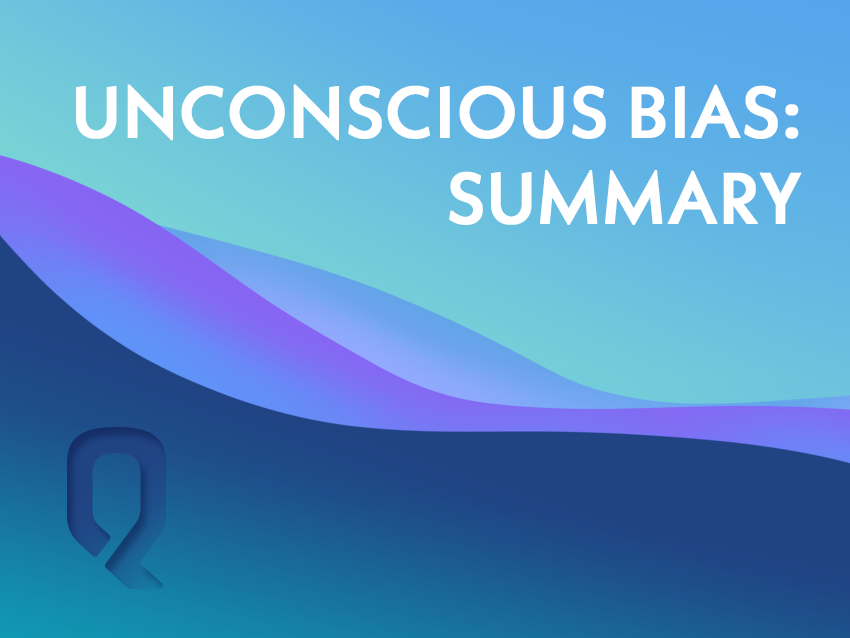
Unconscious bias part 4: A short summary
This is the fourth and final part of this series on unconscious bias, where we’re doing a recap of what we’ve discussed in the first three articles.
Our brains are biologically hardwired to quickly process information about the world around us, to help us make good decisions for our survival. But in the modern age, our brains are constantly exposed to misinformation and stereotypes in our conscious state, which can negatively affect our attitudes towards individuals in our subconscious state. This is how unconscious biases are created.
We all have biases, which are shaped by our upbringing, experiences, and exposure to stereotypes. But unconscious bias takes place in the subconscious, so we’re not even aware of it.
In the workplace, these biases affect our recruitment process, the way we interact with our employees or colleagues, and how we make any business decision. They will prevent us from making objective decisions when it comes to hiring and promoting the best person for the job. And this can be detrimental for business.
There are ways around it though. By simply accepting that you have unconscious biases and educating yourself, you can help raise awareness in yourself, your peers, and your workplace.
So the next time you’re in the process of hiring or promoting someone, or when you’re interacting with an employee or colleague, try to pick up on what’s going through your mind. Curiously explore your own thoughts and notice how you’re filtering information about the person in front of you.
Do you notice any particular thoughts going through your mind? Thoughts about their age, ethnicity, gender? Maybe you think this person is too young, too old, too blonde, too dark, too Hispanic, too Muslim?
It’s not easy, but you need to have the courage to face and challenge your own thoughts. Only then can you combat unconscious bias and help create a diverse and inclusive business, a business that truly reflects the rest of the world.